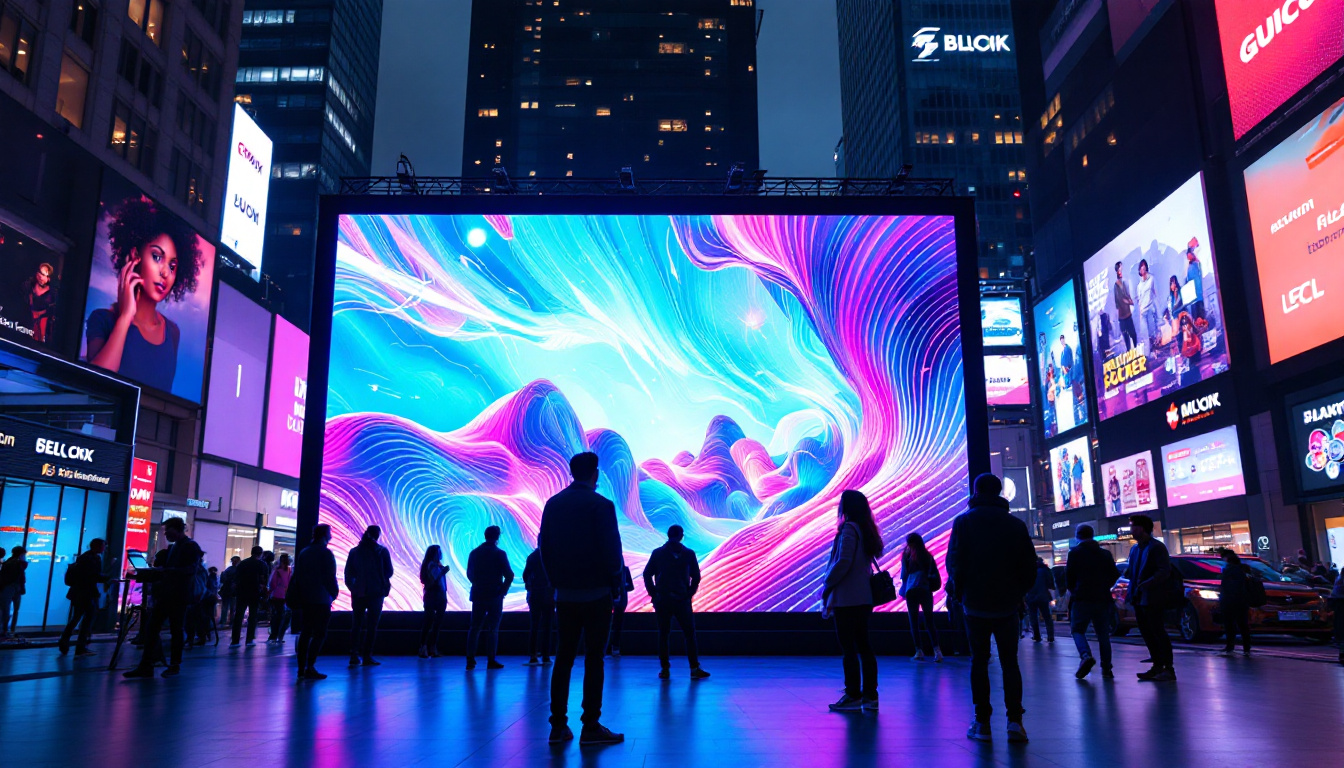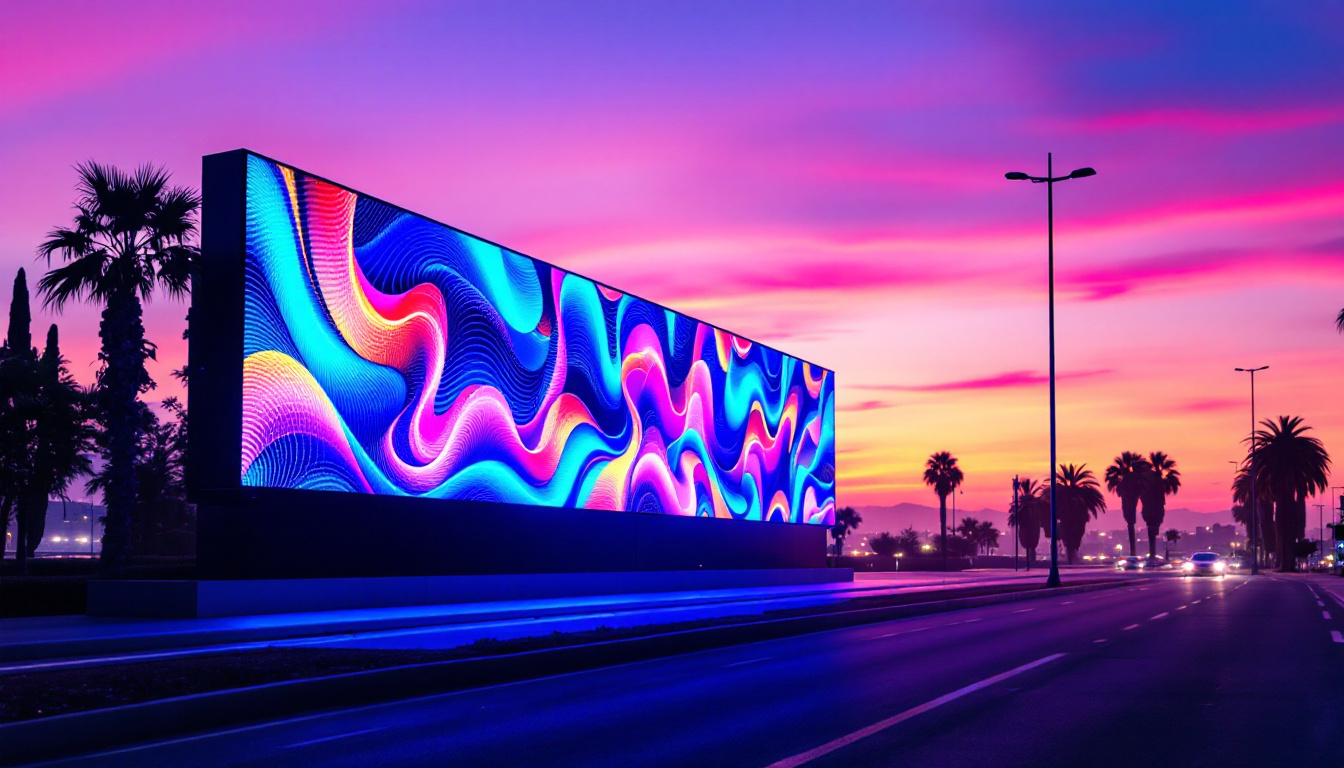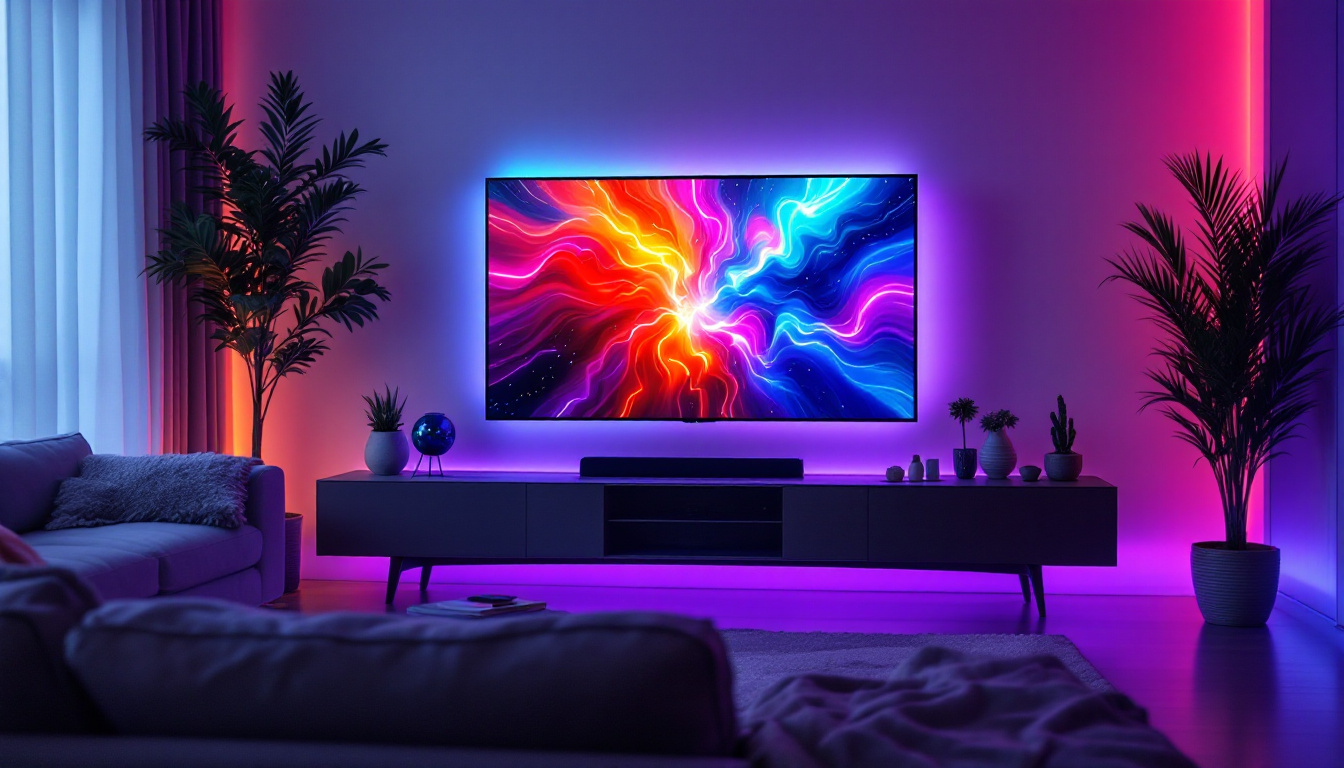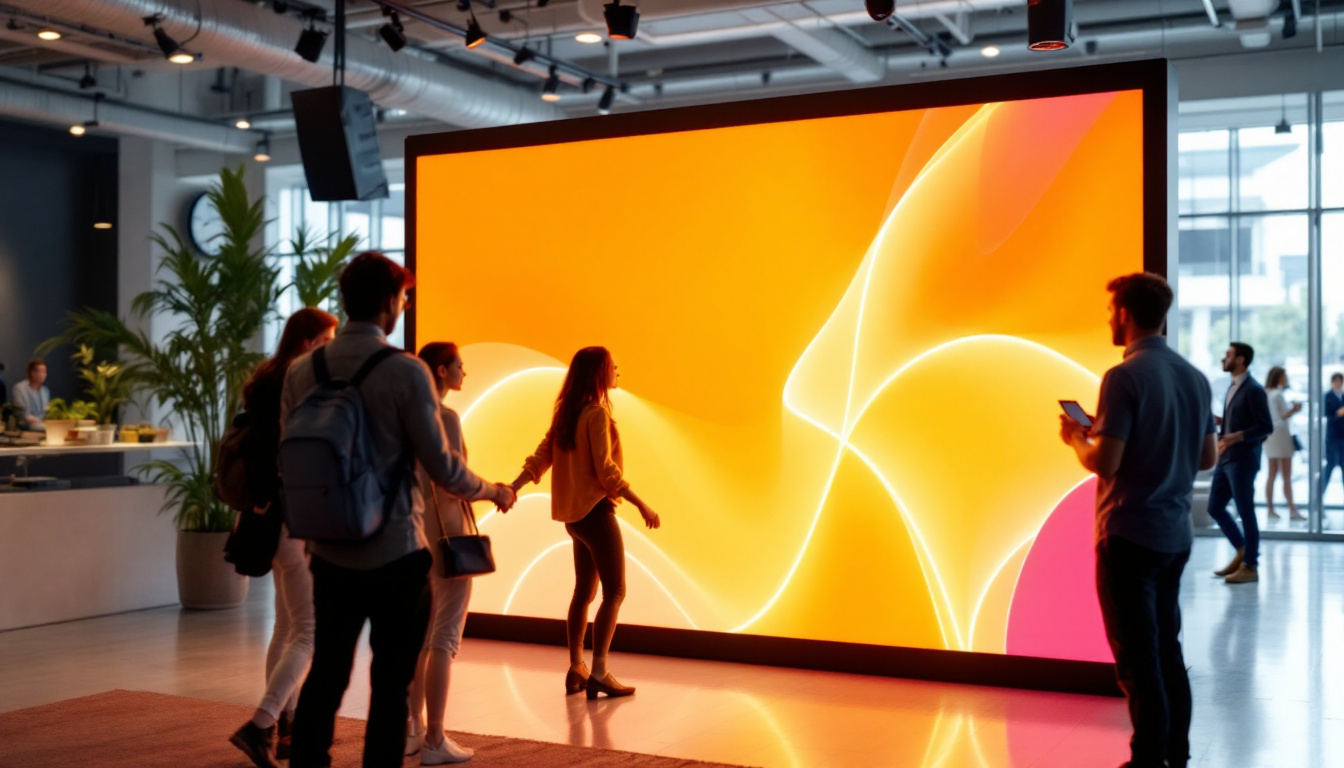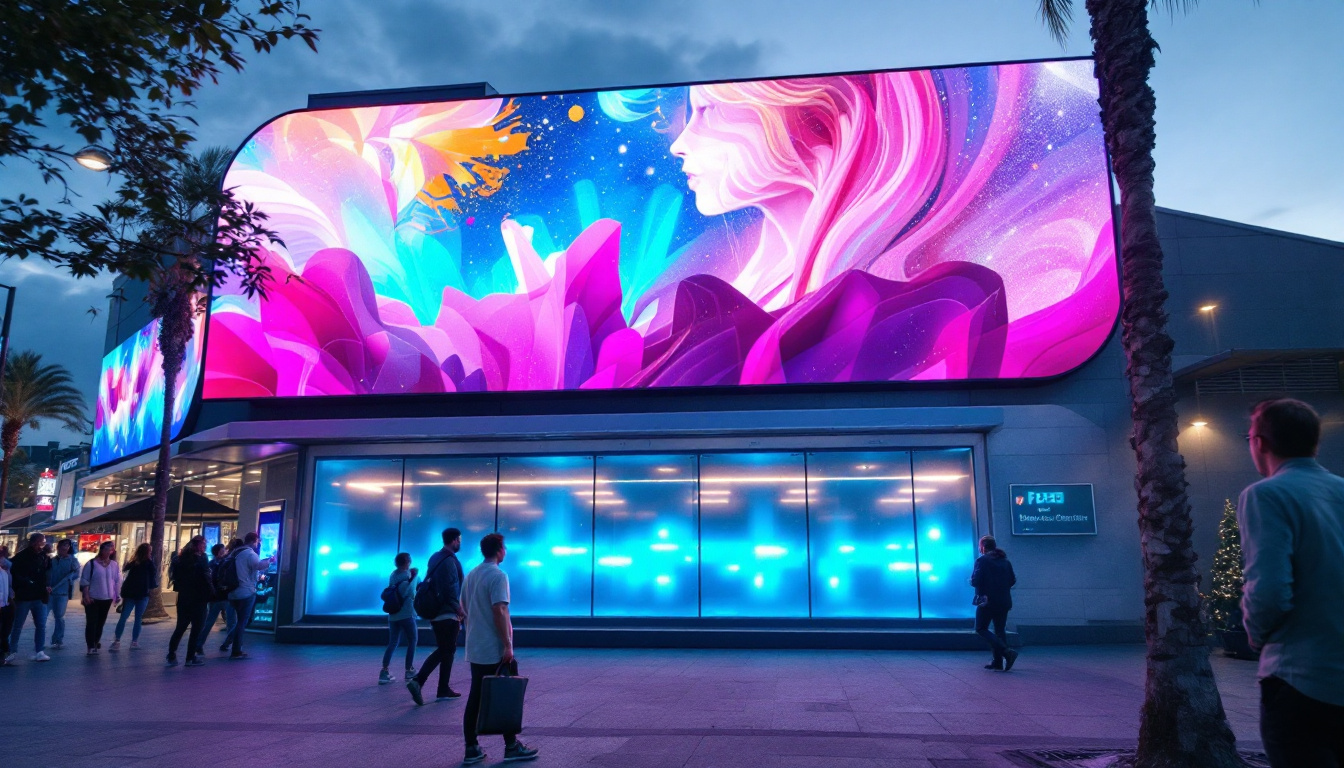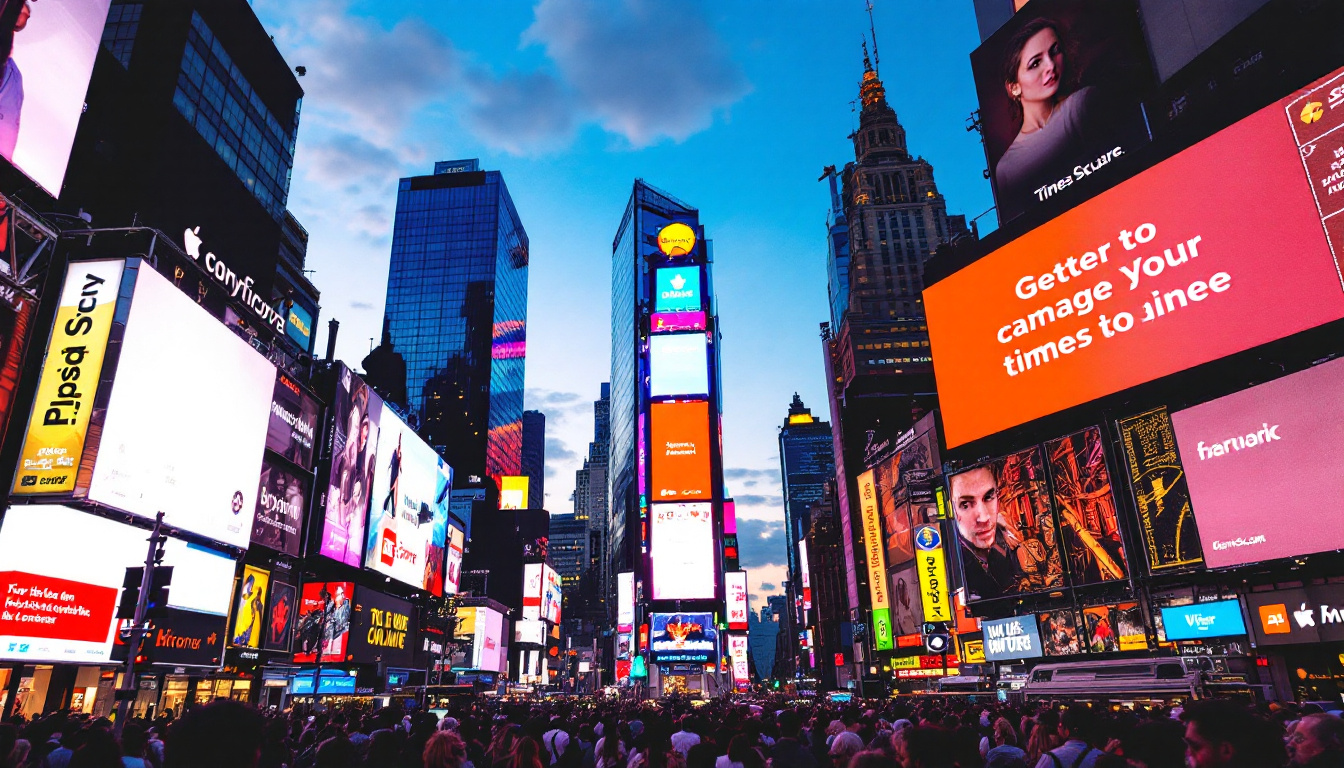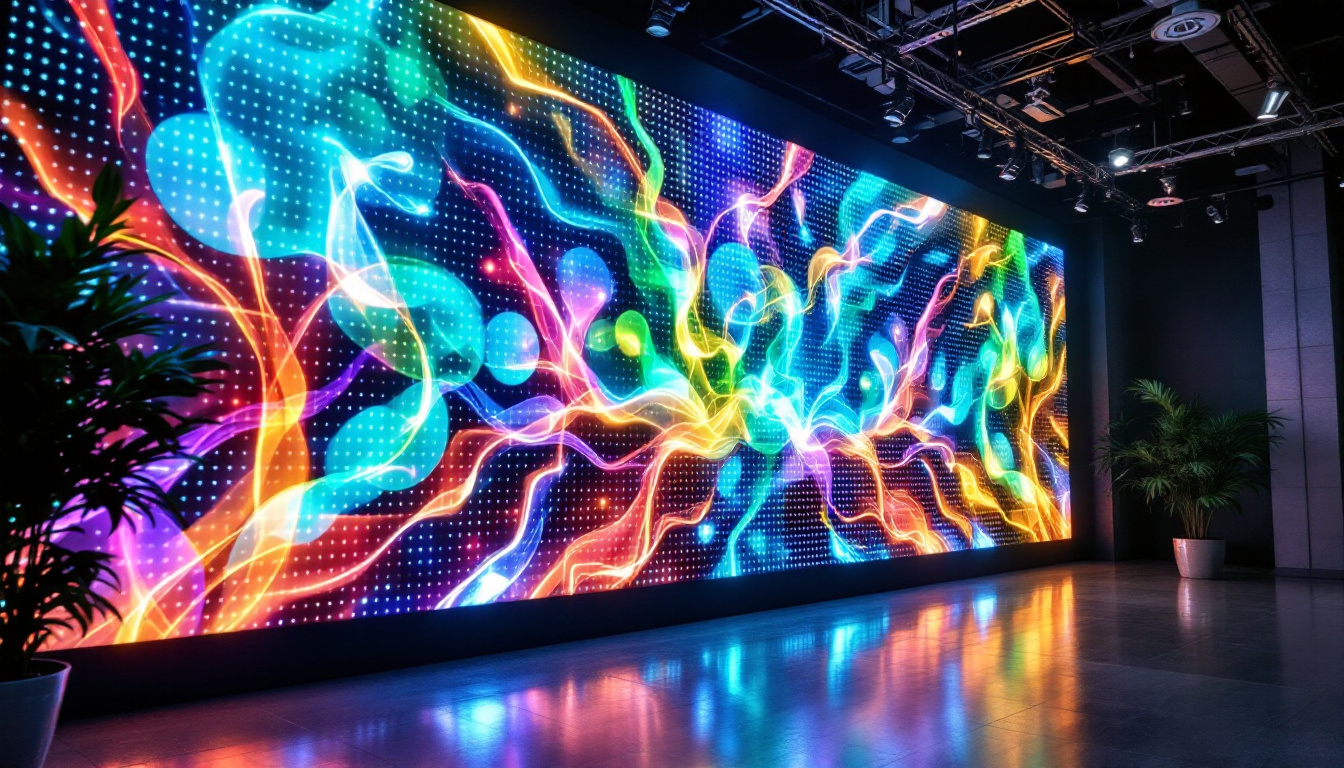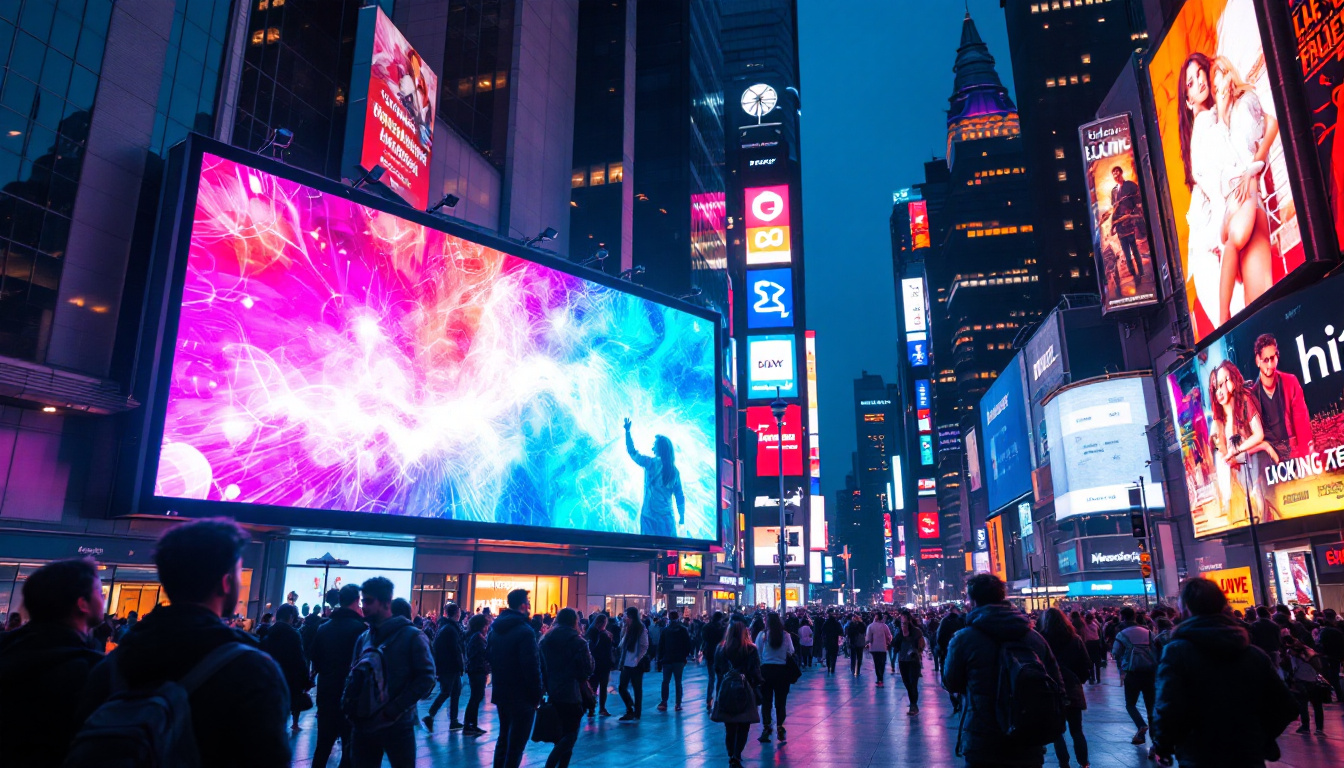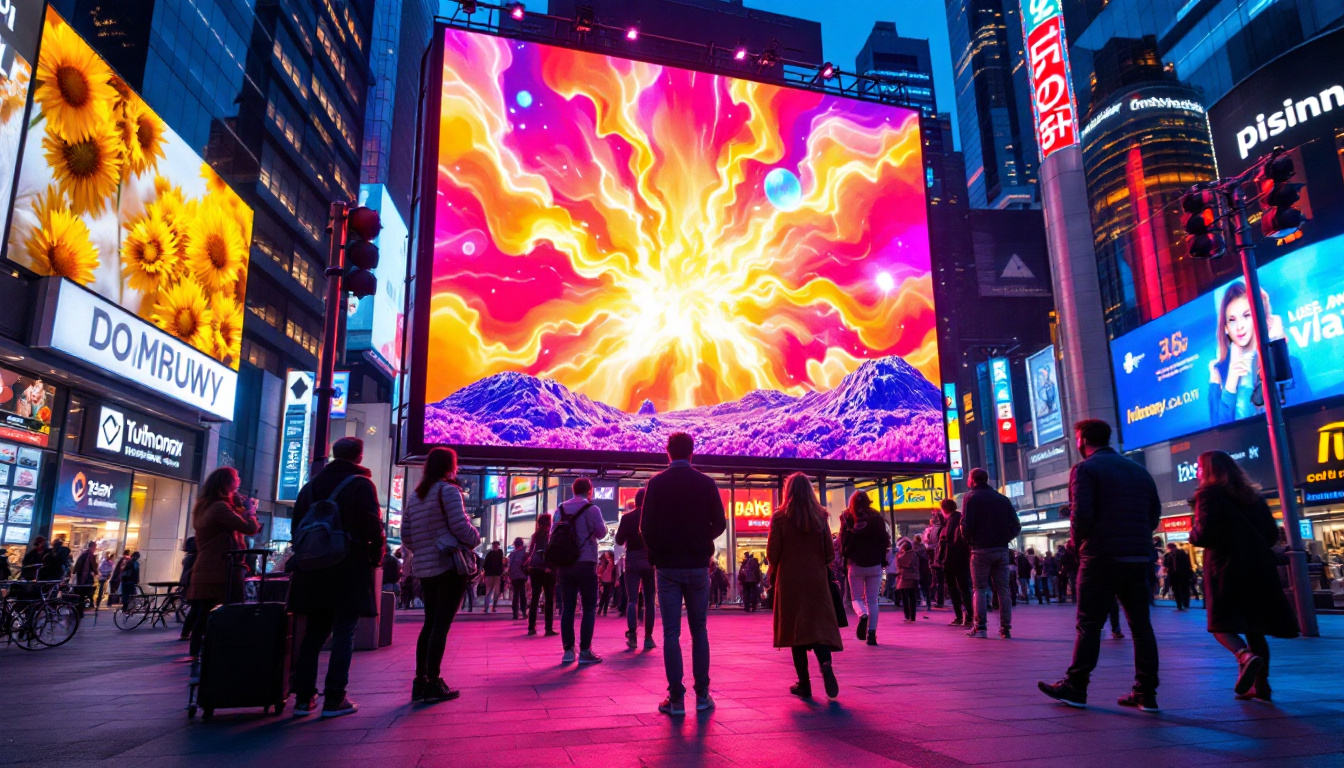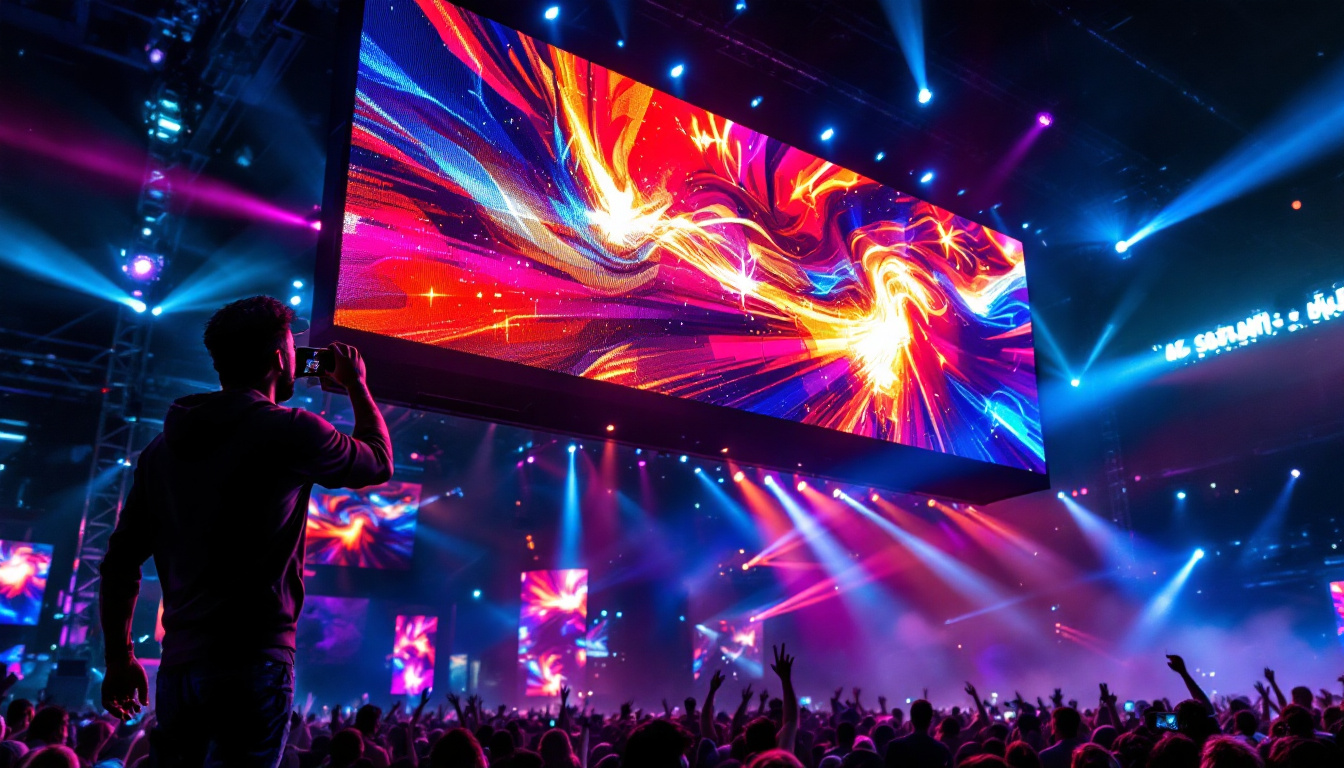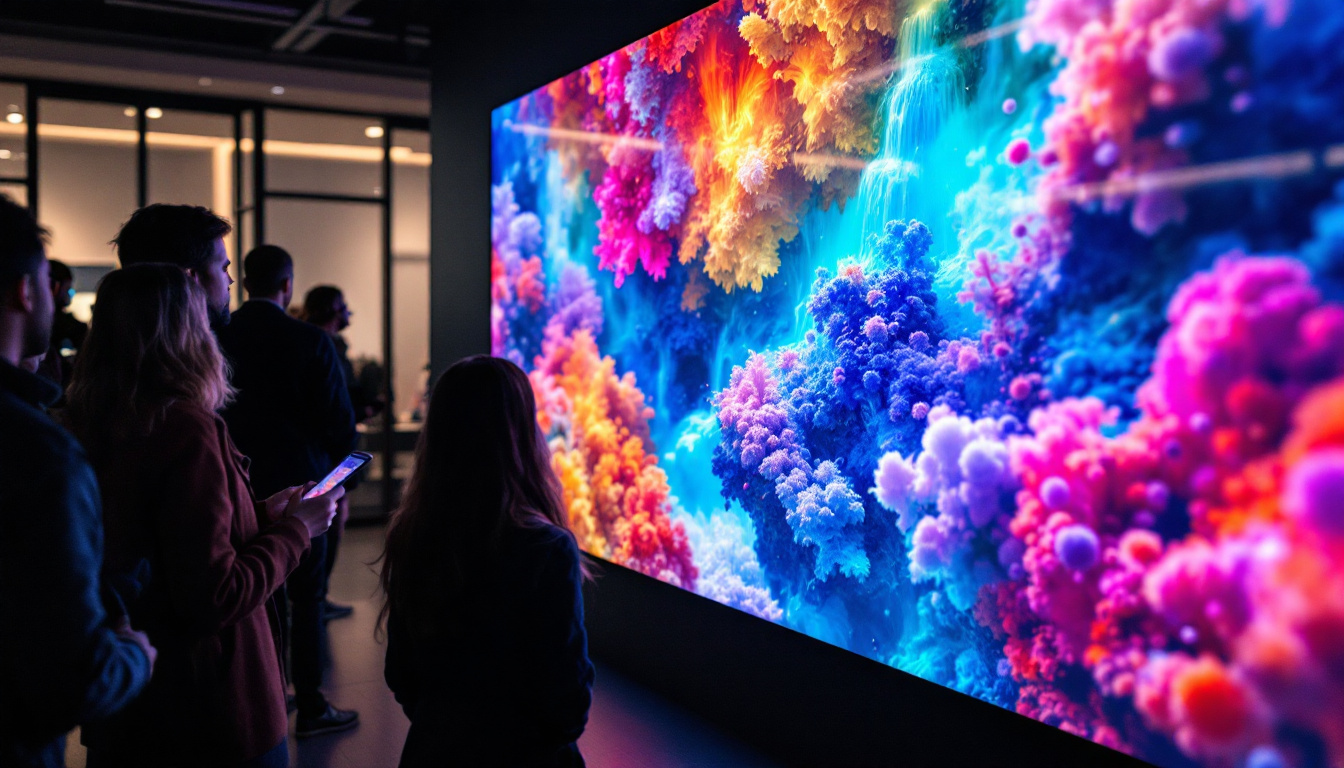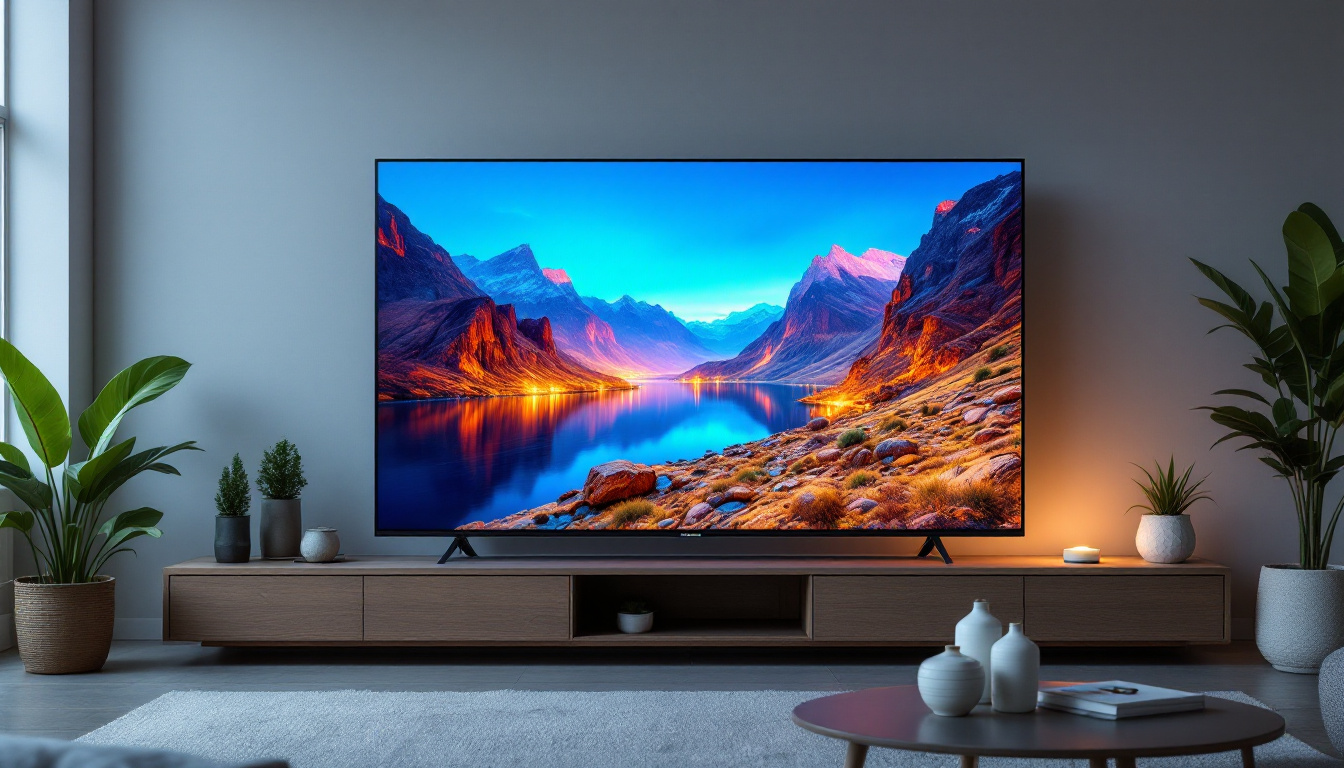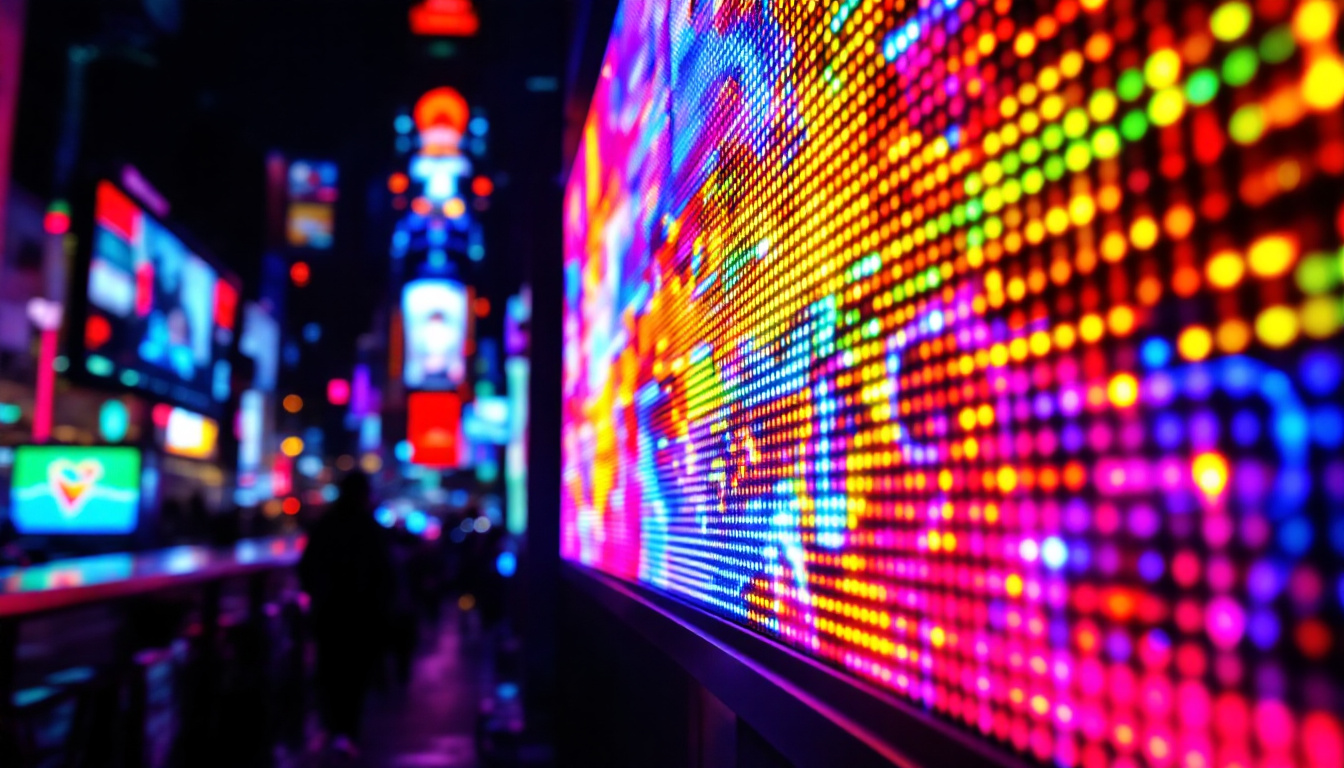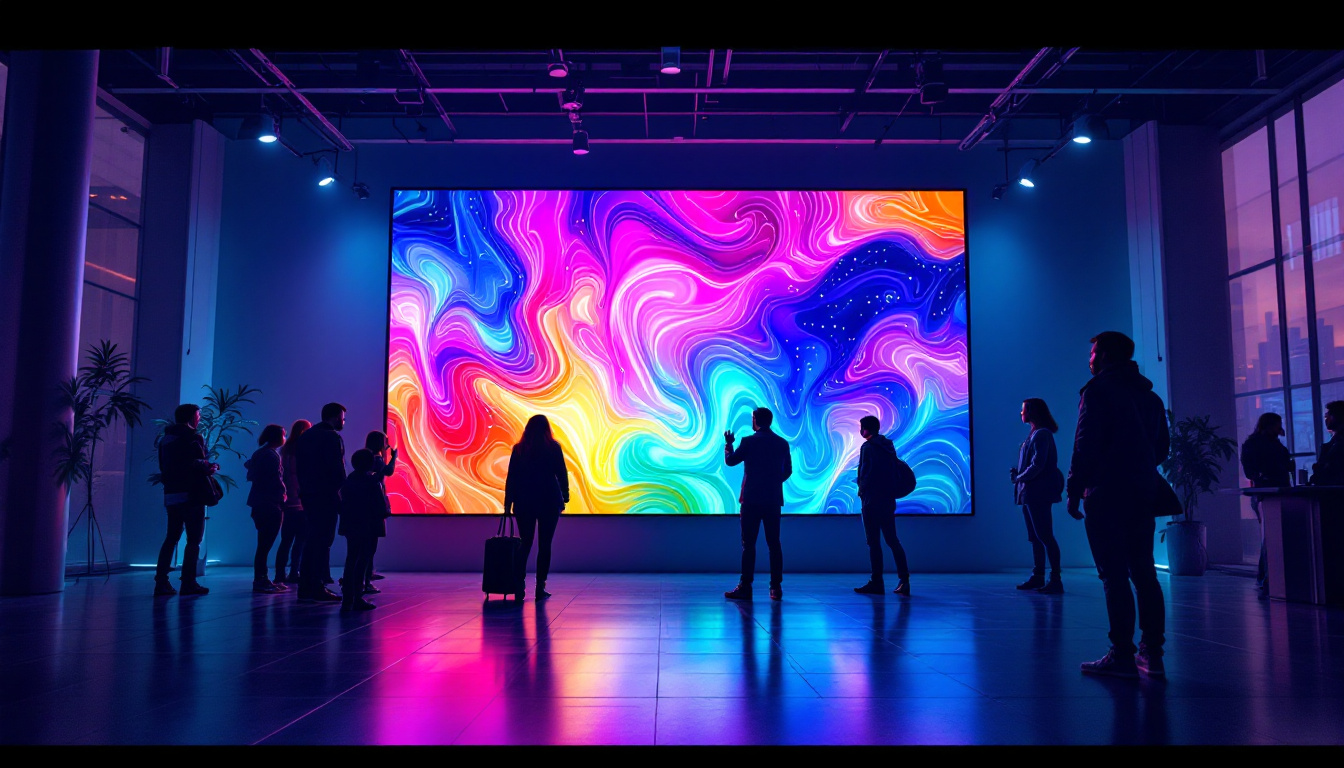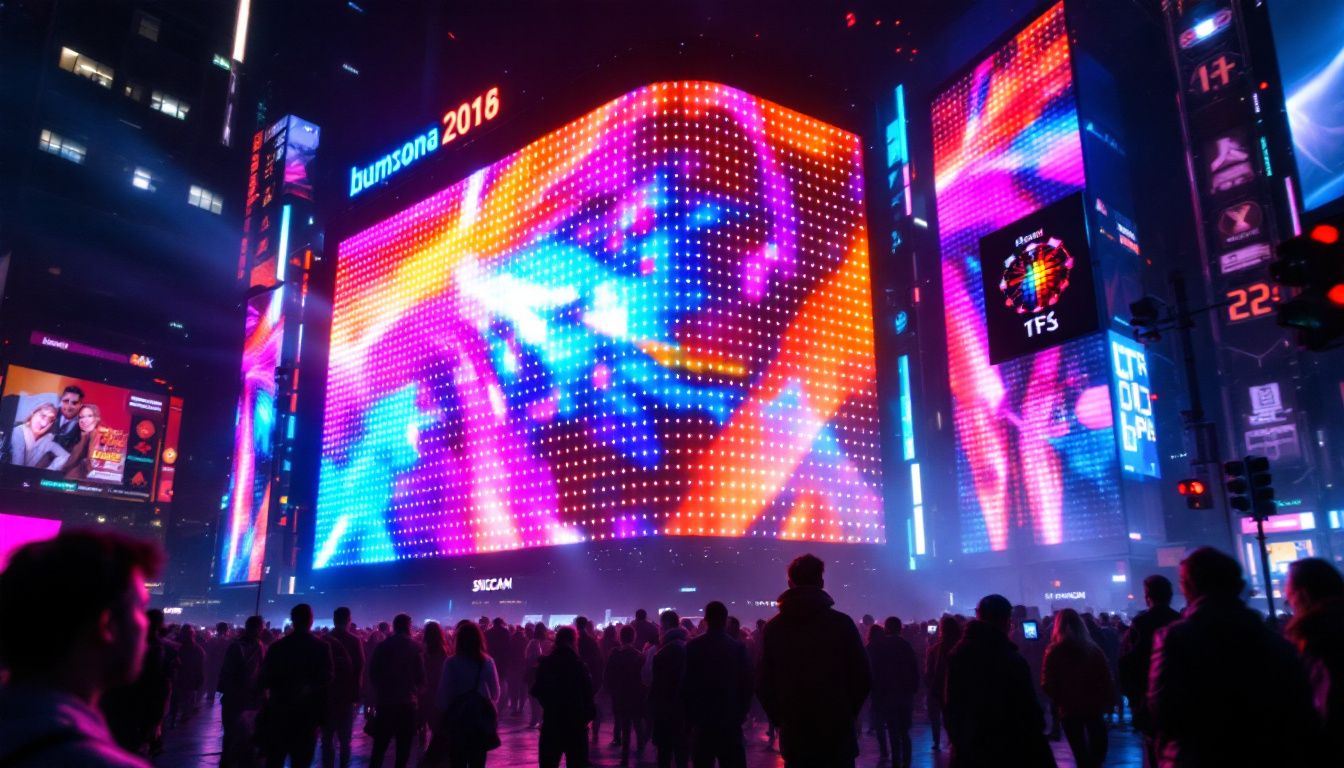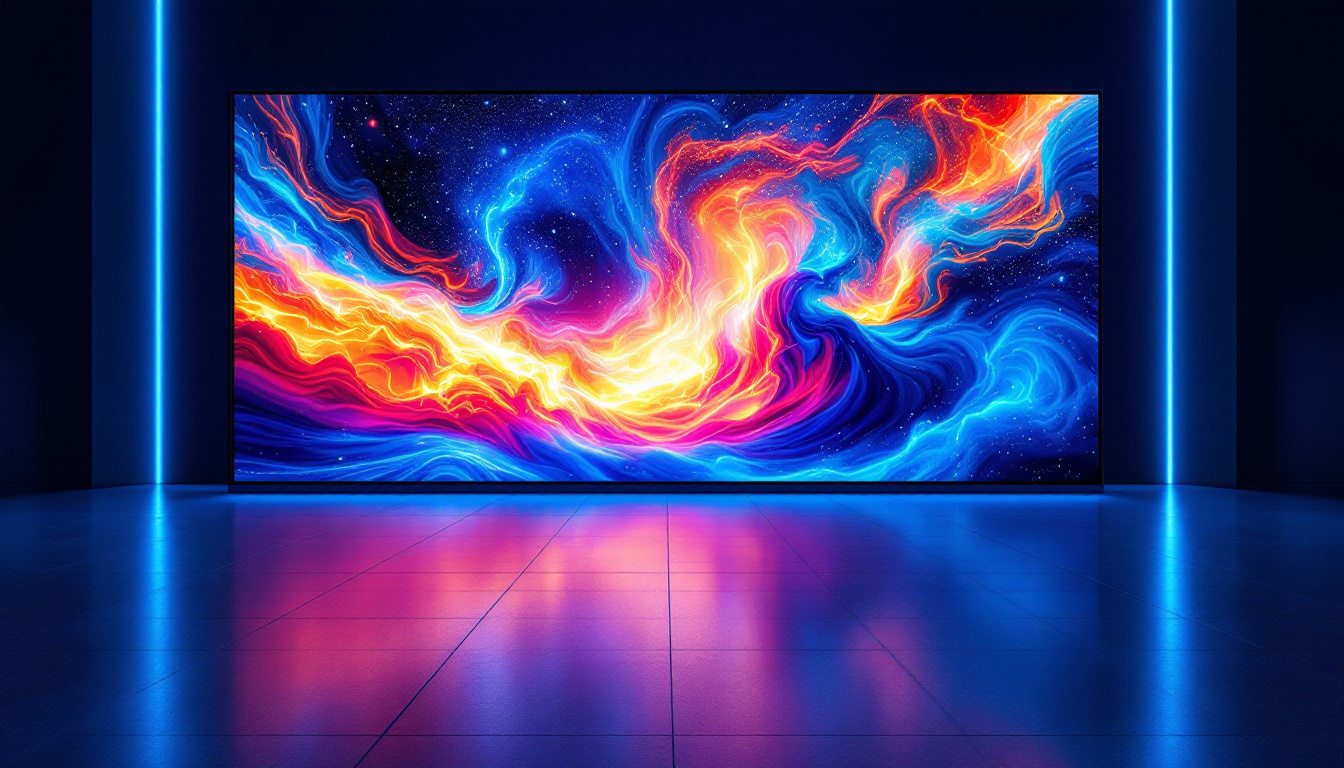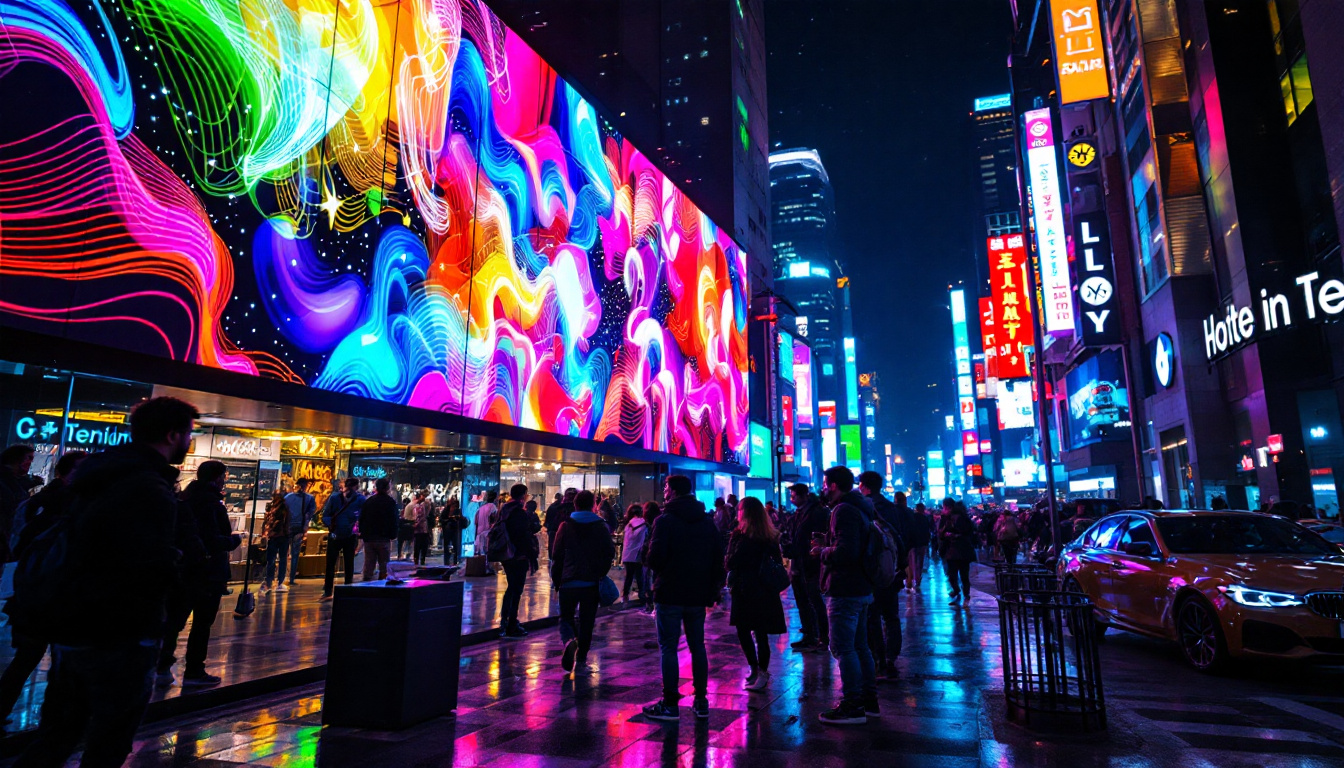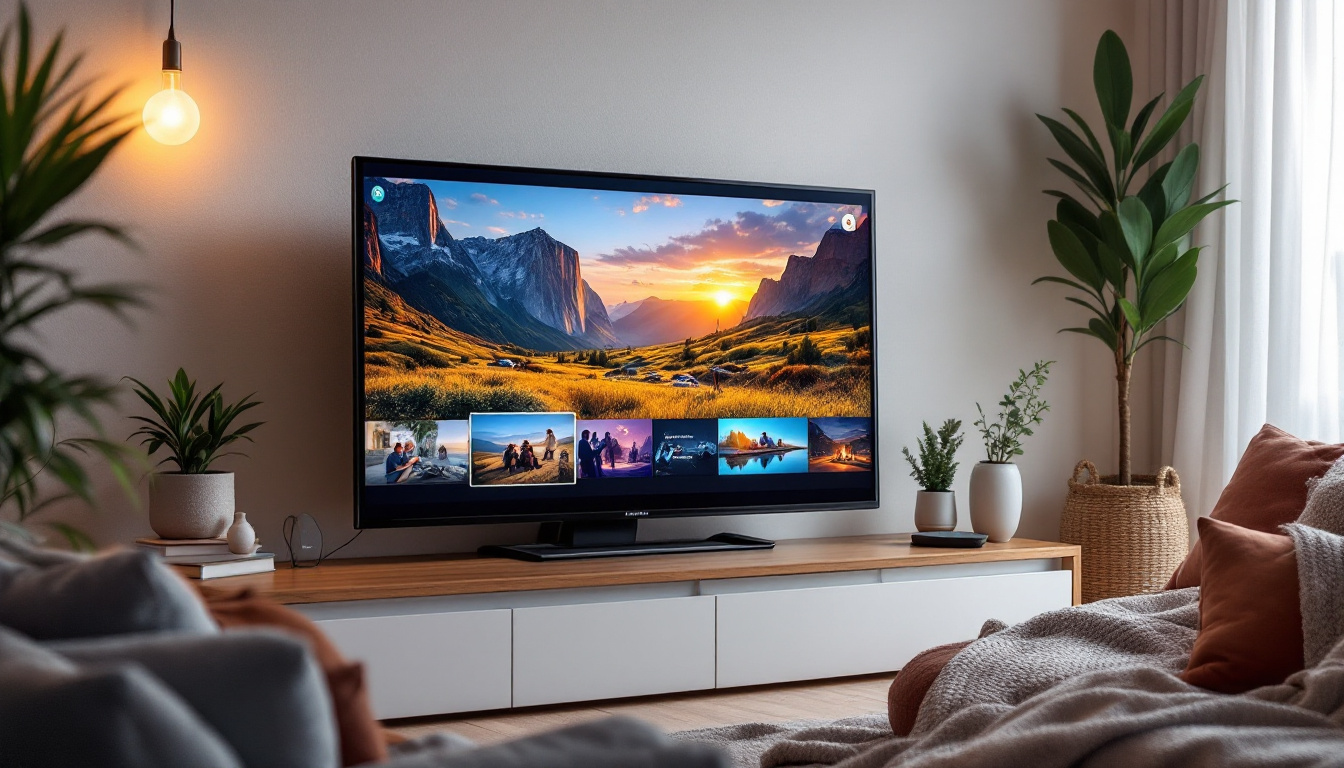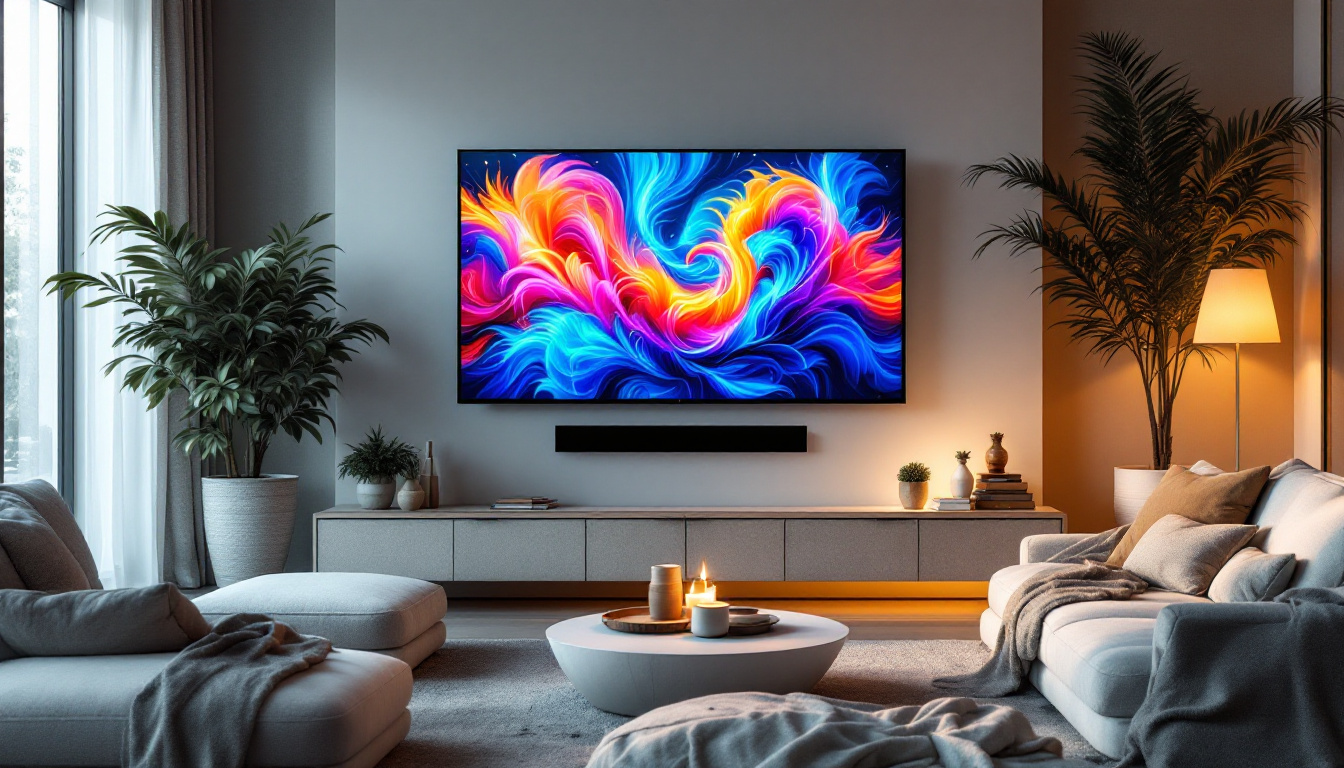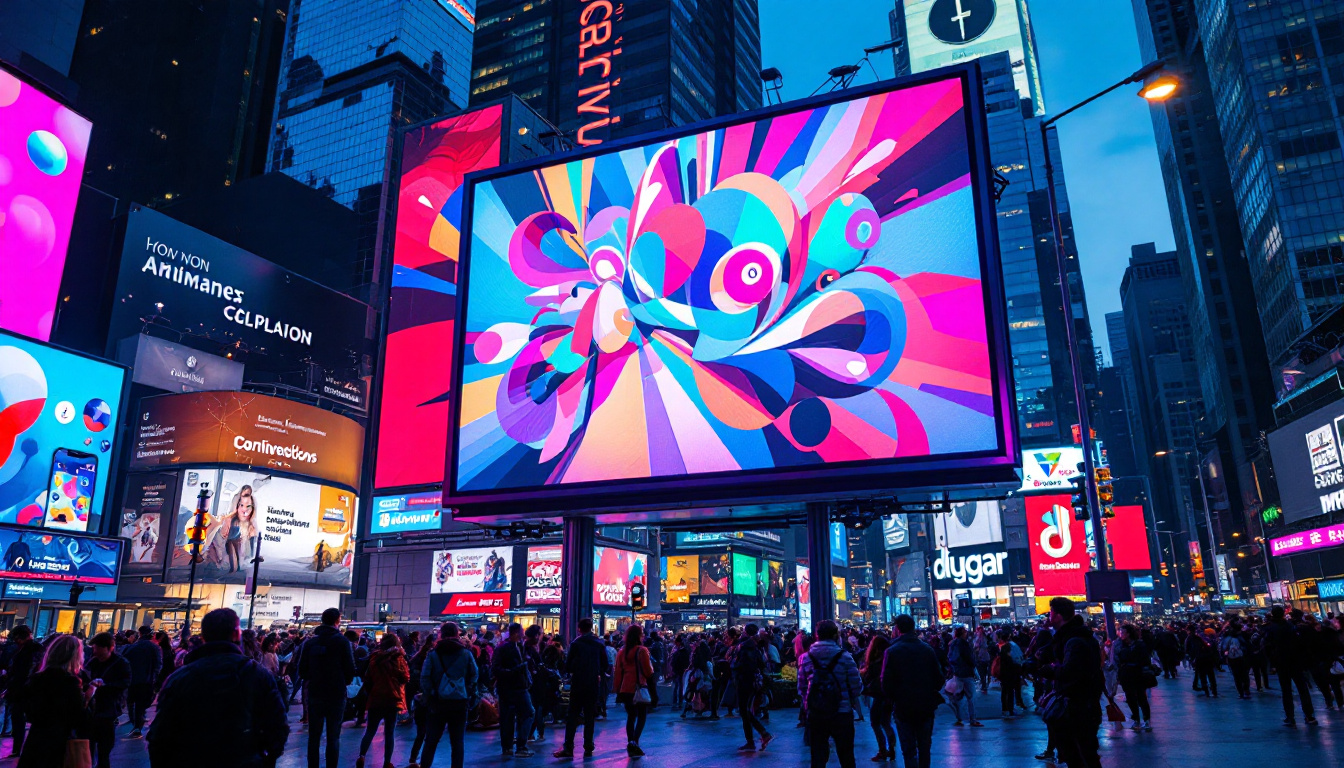In today’s visually driven world, digital displays are everywhere—from the smartphone in your hand to massive billboards lighting up cityscapes. Among the various types of digital screens, LED displays stand out for their brightness, energy efficiency, and versatility. However, understanding how screen size and pixel count interplay in LED displays is essential for anyone involved in digital signage, broadcasting, or even consumer electronics. This article delves into the fundamentals of digital screen size pixels and explains how LED displays work, helping you make informed decisions whether you’re selecting a display for advertising, events, or personal use.
Understanding Pixels and Screen Size
What Are Pixels?
Pixels are the smallest units of a digital image or display. Each pixel is a tiny square or dot that emits light in a specific color and intensity. When combined, millions of these pixels form the images and videos we see on digital screens. The quality and clarity of a display largely depend on the number of pixels it contains and how densely they are packed together.
In LED displays, pixels are made up of clusters of light-emitting diodes (LEDs). Each pixel typically consists of red, green, and blue LEDs that combine to produce a wide range of colors through varying brightness levels. The arrangement and density of these pixels determine the resolution and sharpness of the display. Modern displays often utilize advanced technologies like OLED (Organic Light Emitting Diodes) which allow for even greater color accuracy and contrast ratios. This technology enables individual pixels to turn off completely, resulting in true blacks and vibrant colors that enhance the viewing experience.
Screen Size and Pixel Count: The Relationship
Screen size is measured diagonally, usually in inches, and indicates the physical dimensions of the display. Pixel count, or resolution, refers to the total number of pixels arranged horizontally and vertically on the screen. For example, a Full HD display has a resolution of 1920 x 1080 pixels, meaning there are 1920 pixels across the width and 1080 pixels down the height.
The relationship between screen size and pixel count is crucial because it affects pixel density, measured in pixels per inch (PPI). A higher PPI means more pixels are packed into each inch of the screen, resulting in finer detail and sharper images. Conversely, a large screen with a low pixel count can appear pixelated or blurry when viewed up close. This is particularly important for devices like smartphones and tablets, where users often hold the screen close to their eyes. Manufacturers are continually pushing the boundaries of screen technology, leading to displays with ultra-high resolutions such as 4K and 8K, which provide even more detail and clarity, making them ideal for professional graphic work and immersive gaming experiences.
How LED Displays Work
Basics of LED Technology
LED stands for Light Emitting Diode, a semiconductor device that emits light when an electric current passes through it. LED displays use thousands or millions of these tiny diodes arranged in a grid to form images. Unlike traditional LCD screens that rely on backlighting, LED displays emit their own light, which allows for higher brightness and better contrast ratios. This self-emitting characteristic not only enhances visibility in bright environments but also contributes to energy efficiency, making LED technology a popular choice for various applications.
There are two main types of LED displays: direct-view LED and LED-backlit LCD. Direct-view LED displays use LEDs as the actual pixels, making them ideal for large-scale applications such as stadium screens and outdoor billboards. LED-backlit LCDs use LEDs to illuminate an LCD panel and are commonly found in TVs, monitors, and smartphones. The versatility of LED technology means it can be adapted for a wide range of settings, from vibrant advertising in urban centers to subtle displays in art galleries, showcasing the flexibility and appeal of this lighting technology.
Pixel Pitch and Its Importance
One of the key specifications in LED displays is pixel pitch, which is the distance between the centers of two adjacent pixels, usually measured in millimeters. Pixel pitch directly affects the resolution and viewing distance of the display. Smaller pixel pitches mean more pixels per unit area, resulting in higher resolution and sharper images. This is particularly crucial in environments where detail is paramount, such as in control rooms or during live broadcasts, where clarity can impact decision-making and viewer experience.
For example, an LED display with a pixel pitch of 1.5mm is considered high resolution and suitable for close viewing distances, such as indoor retail displays. On the other hand, a display with a pixel pitch of 10mm or more is better suited for outdoor billboards where viewers stand far away. Choosing the right pixel pitch ensures optimal image quality and cost-effectiveness. Furthermore, advancements in technology are leading to even smaller pixel pitches, pushing the boundaries of what is possible in display resolution, and allowing for immersive experiences in virtual reality and augmented reality applications, where every detail matters.
Applications and Benefits of LED Displays
Indoor vs. Outdoor LED Displays
LED displays are widely used in both indoor and outdoor environments, but their design and specifications differ significantly based on the application. Indoor LED displays typically have smaller pixel pitches (ranging from 0.9mm to 4mm) to provide high-resolution images for close-up viewing. These are common in conference rooms, retail stores, and control centers. The clarity and vibrancy of colors in indoor displays enhance presentations and advertisements, capturing the attention of audiences effectively. Additionally, the flexibility in size and shape allows for creative installations, such as curved screens or video walls that can transform a space and create immersive experiences.
Outdoor LED displays need to be brighter to compete with sunlight and often have larger pixel pitches (4mm to 20mm or more). They are built to withstand weather conditions such as rain, wind, and extreme temperatures. Examples include digital billboards, sports arenas, and transportation hubs. These displays not only serve as advertising platforms but also provide real-time information, such as weather updates or traffic alerts, enhancing public communication. Furthermore, advancements in technology have led to the development of high-definition outdoor displays that maintain image quality even in direct sunlight, making them increasingly popular for outdoor events and festivals.
Energy Efficiency and Longevity
One of the major advantages of LED displays over other technologies is their energy efficiency. LEDs consume significantly less power than traditional incandescent or fluorescent lighting, which translates to lower operating costs, especially for large-scale installations that run for many hours daily. This energy efficiency is not only beneficial for the bottom line but also contributes to a reduced carbon footprint, aligning with the growing emphasis on sustainability in various industries. Businesses can leverage this aspect of LED technology to enhance their green credentials while enjoying the financial benefits of lower energy bills.
Moreover, LED displays have a longer lifespan, often exceeding 100,000 hours of operation. This durability reduces maintenance costs and downtime, making LEDs a smart investment for businesses and public spaces. The robust nature of LED technology means that they are less prone to damage compared to other display types, such as CRTs or LCDs, which can be fragile and require frequent replacements. Additionally, many LED displays come with advanced monitoring systems that allow for real-time diagnostics, ensuring that any issues can be addressed promptly, further extending their operational life and reliability in critical applications.
Choosing the Right LED Display: Key Considerations
Resolution and Viewing Distance
When selecting an LED display, understanding the intended viewing distance is paramount. The general rule is that the pixel pitch should be smaller than the viewing distance measured in millimeters. For instance, if the average viewing distance is 5 meters (5000mm), a pixel pitch of 5mm or less would provide a clear image.
Higher resolution displays with smaller pixel pitches are more expensive, so balancing cost with image quality requirements is essential. For digital signage in shopping malls or airports, high resolution is critical, whereas for roadside billboards, larger pixel pitches suffice.
Brightness and Contrast Ratio
Brightness, measured in nits, determines how well a display can be seen in various lighting conditions. Outdoor LED displays often require brightness levels of 5,000 nits or more to remain visible under direct sunlight. Indoor displays usually operate at lower brightness levels, typically between 600 and 1,200 nits, to avoid eye strain.
Contrast ratio, the difference between the darkest black and the brightest white a display can produce, also impacts image quality. LED displays generally offer superior contrast ratios compared to LCDs because they can turn off individual pixels completely, resulting in deeper blacks.
Color Accuracy and Calibration
Color accuracy is vital for applications such as advertising, broadcasting, and art installations. LED displays can be calibrated to ensure consistent and vibrant colors across the entire screen. Professional calibration tools and software help maintain color fidelity over time, compensating for LED aging and environmental factors.
Future Trends in LED Display Technology
MicroLED and MiniLED Innovations
Emerging technologies like MicroLED and MiniLED are pushing the boundaries of LED display performance. MicroLED displays use microscopic LEDs as individual pixels, offering exceptional brightness, contrast, and energy efficiency with virtually no burn-in issues. Although still expensive, MicroLED is expected to revolutionize premium TVs and wearable devices in the coming years.
MiniLED technology involves using thousands of tiny LEDs as backlighting for LCD panels, significantly improving contrast and brightness compared to traditional LED-backlit LCDs. This technology is already appearing in high-end laptops, tablets, and monitors, bridging the gap between LCD and true LED displays.
Flexible and Transparent LED Displays
Innovations in LED materials and manufacturing have led to the development of flexible and transparent LED displays. Flexible LED screens can be curved or bent, enabling creative installations in architecture and automotive design. Transparent LED displays allow viewers to see through the screen while displaying digital content, opening new possibilities for retail windows and augmented reality applications.
Conclusion
Understanding digital screen size pixels and LED display technology is essential for making informed choices in today’s digital landscape. The interplay between screen size, pixel count, pixel pitch, and other factors determines the quality and suitability of an LED display for specific applications. As LED technology continues to evolve with innovations like MicroLED and flexible displays, the future promises even more vibrant, efficient, and versatile digital screens.
Whether you are a business owner looking to enhance your advertising strategy, a designer planning an event, or a tech enthusiast exploring display technologies, grasping these fundamentals will help you navigate the complex world of LED displays with confidence.
Explore Cutting-Edge LED Displays with LumenMatrix
Ready to elevate your visual experience with the latest in LED display technology? LumenMatrix is at the forefront of innovation, offering a wide array of LED display solutions tailored to your needs. From captivating Indoor LED Wall Displays to dynamic Outdoor LED Wall Displays, and from versatile Vehicle LED Displays to sleek LED Poster Displays, our products are designed to make your brand shine. Discover the transformative power of LED Sports Displays, interactive Floor LED Displays, and the revolutionary All-in-One LED Display. With LumenMatrix, you can create unforgettable visual narratives and engage your audience like never before. Check out LumenMatrix LED Display Solutions today and step into the future of digital signage.



